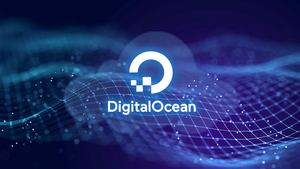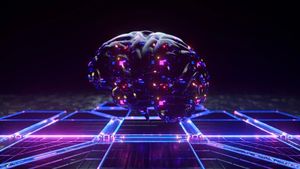Medical Device Company Received a New Application That Helps Surgeons Navigate Neural Implant Insertion. Know Why Neural Implant Insertion Needs ML and AI. Online PR News – 15-October-2021 – Neural implants are being used to rehabilitate ones body after injury, treat diseases, communicate with prosthetic limbs, improve memory, and much more. Hundreds of millions of dollars are devoted towards the study of neural implants, with the U.S. Department of Defense and the U.S. National Institutes of Health lending their support. Top journals publish research papers on this topic on a regular basis. With so much buzz, its almost no surprise that some of the most innovative technologies, machine learning and AI, are being applied to neural implants. Why Neural Implant Insertion Needs ML and AI. Engineers are working on inventing medical devices that can reach deep into the body while having less of an impact on tissues. The goal is to decrease the surgical burden and one of Intetics clients had an idea for us. The Client Essentially, the Clients neurostimulator implant helps augment collateral blood flow. The procedure only takes five minutes, and stroke patients experience good results in less than 24 hours. To help with the implanting process, the Client wanted to develop a desktop application that could be run on special computers. The application needed to assist surgeons by navigating during implant insertion. The software would process MRI images of the patients head, and ML & AI algorithms would work together to build a path for the neural implant. The path would be displayed on the screen over the MRI image. The Challenge The Client did not have a software development team; their group of experts consisted of scientists and doctors. We applied the Intetics Remote In-Sourcing model to create a development team of engineers. The team led the app development process and reported progress to the Client and stakeholders closely and were continuously involved in the development process. Specifications to note: The Solution The team created an application, which is part of the Clients hardware and software complex. With a special camera, an implant injector, a CT marker, and optimal markers, surgeons are able to see the patients head and the position of the implant in real-time. The application fully emulates and presents to the surgeon everything that is happening while inserting the implant and its in 3D view. As a result, surgeons are able to save many lives and improve their patients conditions after an ischemic stroke. Technologies applied throughout this process included C++, ML, AI, Qt, Windows API, VTK, DICOM, Multithreading, CT, and MPR. The development team consisted of 7 people, including a Project Manager, System Analyst, Software Developers, QA Engineers, and a Designer. The Bottom Line To find out more in detail, please download the full version of the Case Study We welcome you to discuss HealthTech solutions to meet your challenges, just Get started. |
| Irina Dubovik |
| http://intetics.com/ |
| 877-763-8338 |






